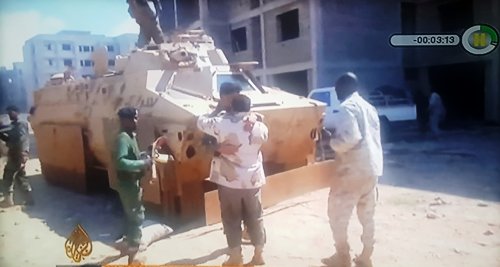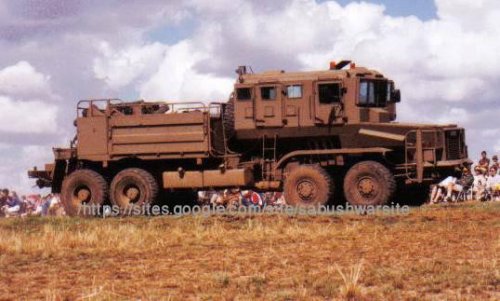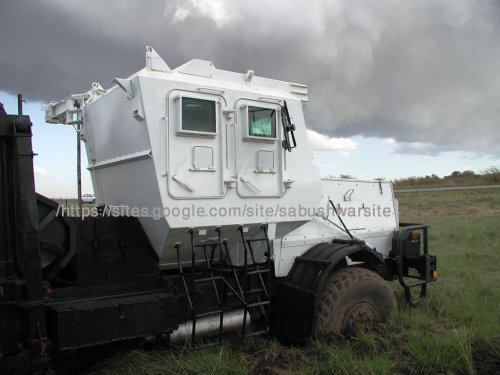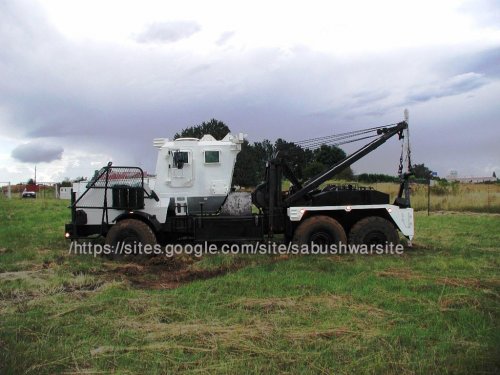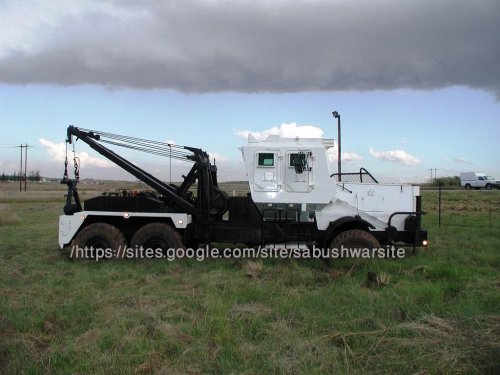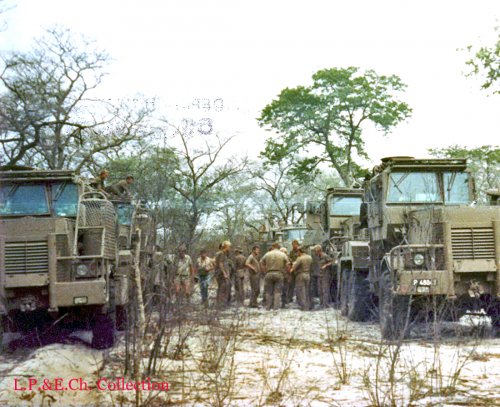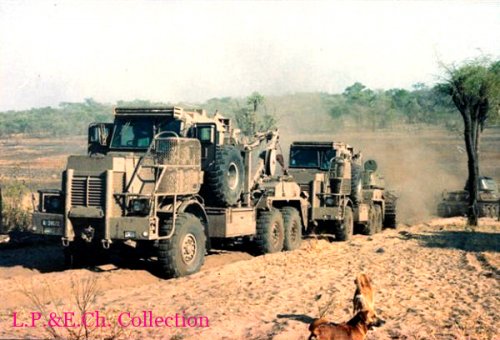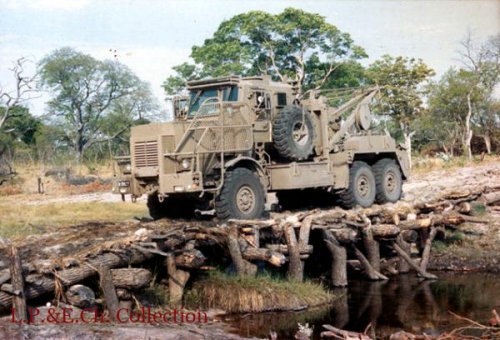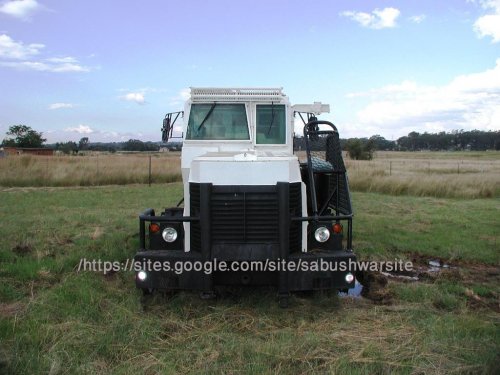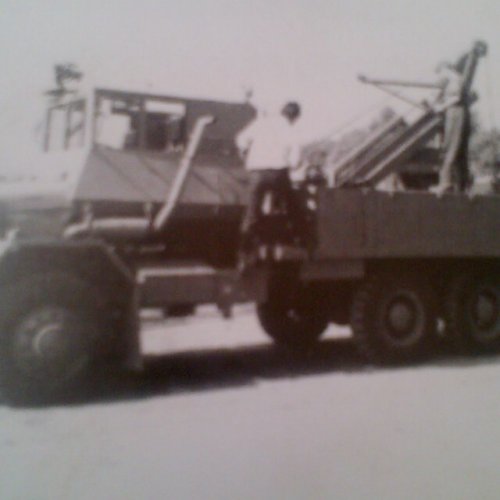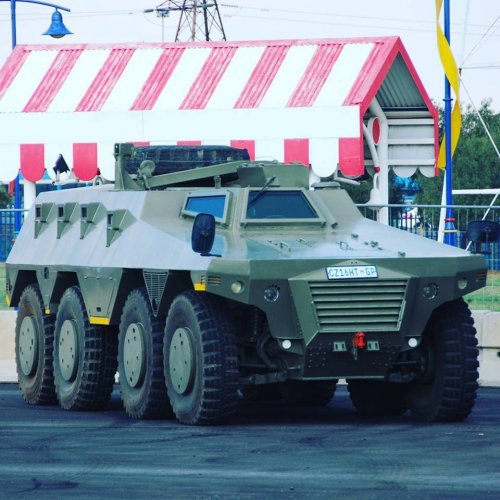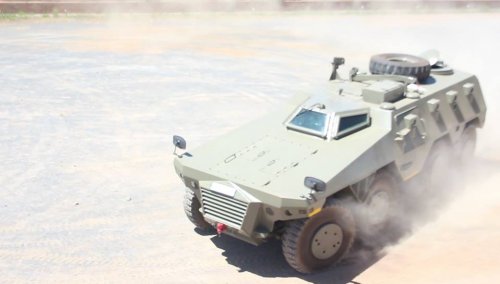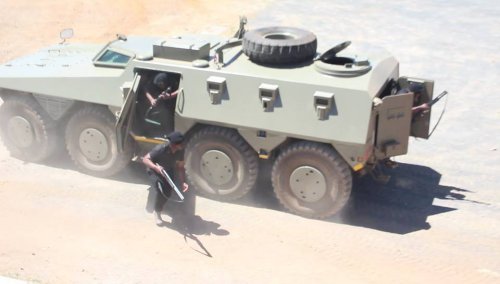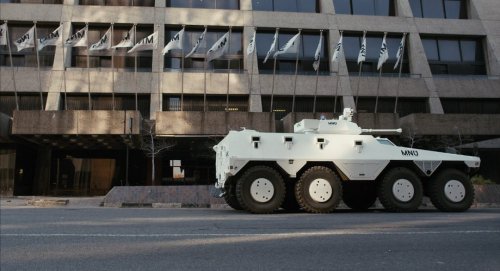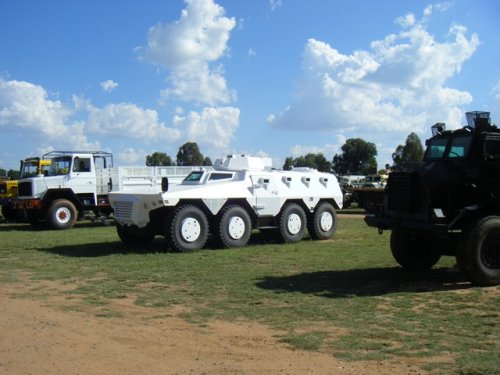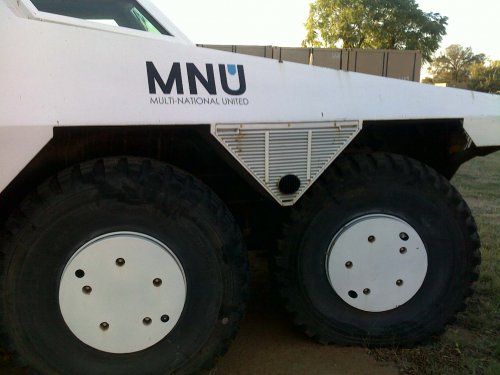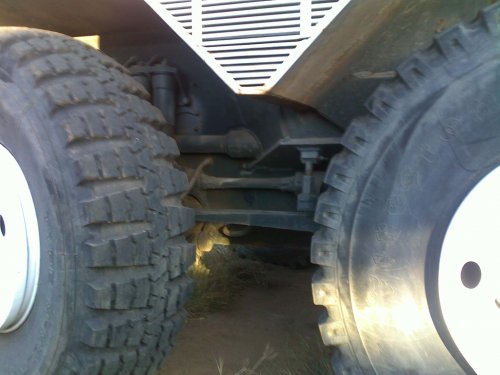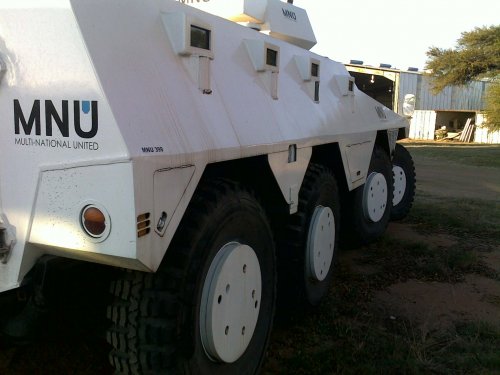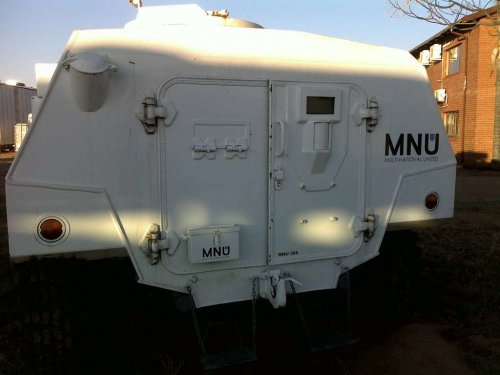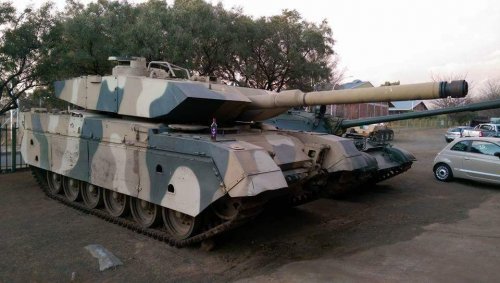Reply to post #1653
Thanks. The Sibmas is mechanically slightly different to the Ratel in that the engine is a 12 liter MAN rather than the Büssing engine used in the Ratel and the Sibmas uses a ZF 6HP transmission which, as far as I can tell, is coupled directly to the engine, with a seperate transfer case between the first and second axle whereas, in the Ratel, the engine is connected by a shaft to the Renk HS106 integrated gearbox and transfer case situated between the first and second axle. Axles are the same MAN units on coils. Although Büssing apparently still operated independently, to some extent, in the seventies, the company had been taken over by MAN in the sixties. The design of the Ratel and the Sibmas was therefore all under the umbrella of the MAN concern.
I have very little doubt that the Prototype Buffel had been built in Germany, the more I think about it. The only company building armoured vehicles in SA, in the mid-seventies, was Sandock-Austral, who was building the Eland. The Ratel was a totally different kettle of fish, requiring a lot of expertise in the field of integrating power-packs, suspension geometry, etc. We know that the Buffel prototype was extensively tested in SA before being declared the best vehicle of all those tested. Sandock Austral did not have the expertise to built a one-off prototype which immediately worked great. I am convinced that the Buffel prototype was the result of development work done in Germany, in the sixties, by the Joint Project Office, during the development of the Luchs and the Transportpanzer 6. It should also be remembered that all the candidate vehicles tested during the selection process for the Ratel, were manufactured in other countries (France, Germany and Brazil), except the mysterious 8-wheeled Sprinkaan, currently in a dilapidated state at the School of Armour Museum, in Bloemfontein. This was supposedly constructed by the Technical Services Department of the SA Army. Nothing is known of this vehicle and there are no records of it being tested during the trials.
Thanks. The Sibmas is mechanically slightly different to the Ratel in that the engine is a 12 liter MAN rather than the Büssing engine used in the Ratel and the Sibmas uses a ZF 6HP transmission which, as far as I can tell, is coupled directly to the engine, with a seperate transfer case between the first and second axle whereas, in the Ratel, the engine is connected by a shaft to the Renk HS106 integrated gearbox and transfer case situated between the first and second axle. Axles are the same MAN units on coils. Although Büssing apparently still operated independently, to some extent, in the seventies, the company had been taken over by MAN in the sixties. The design of the Ratel and the Sibmas was therefore all under the umbrella of the MAN concern.
I have very little doubt that the Prototype Buffel had been built in Germany, the more I think about it. The only company building armoured vehicles in SA, in the mid-seventies, was Sandock-Austral, who was building the Eland. The Ratel was a totally different kettle of fish, requiring a lot of expertise in the field of integrating power-packs, suspension geometry, etc. We know that the Buffel prototype was extensively tested in SA before being declared the best vehicle of all those tested. Sandock Austral did not have the expertise to built a one-off prototype which immediately worked great. I am convinced that the Buffel prototype was the result of development work done in Germany, in the sixties, by the Joint Project Office, during the development of the Luchs and the Transportpanzer 6. It should also be remembered that all the candidate vehicles tested during the selection process for the Ratel, were manufactured in other countries (France, Germany and Brazil), except the mysterious 8-wheeled Sprinkaan, currently in a dilapidated state at the School of Armour Museum, in Bloemfontein. This was supposedly constructed by the Technical Services Department of the SA Army. Nothing is known of this vehicle and there are no records of it being tested during the trials.

